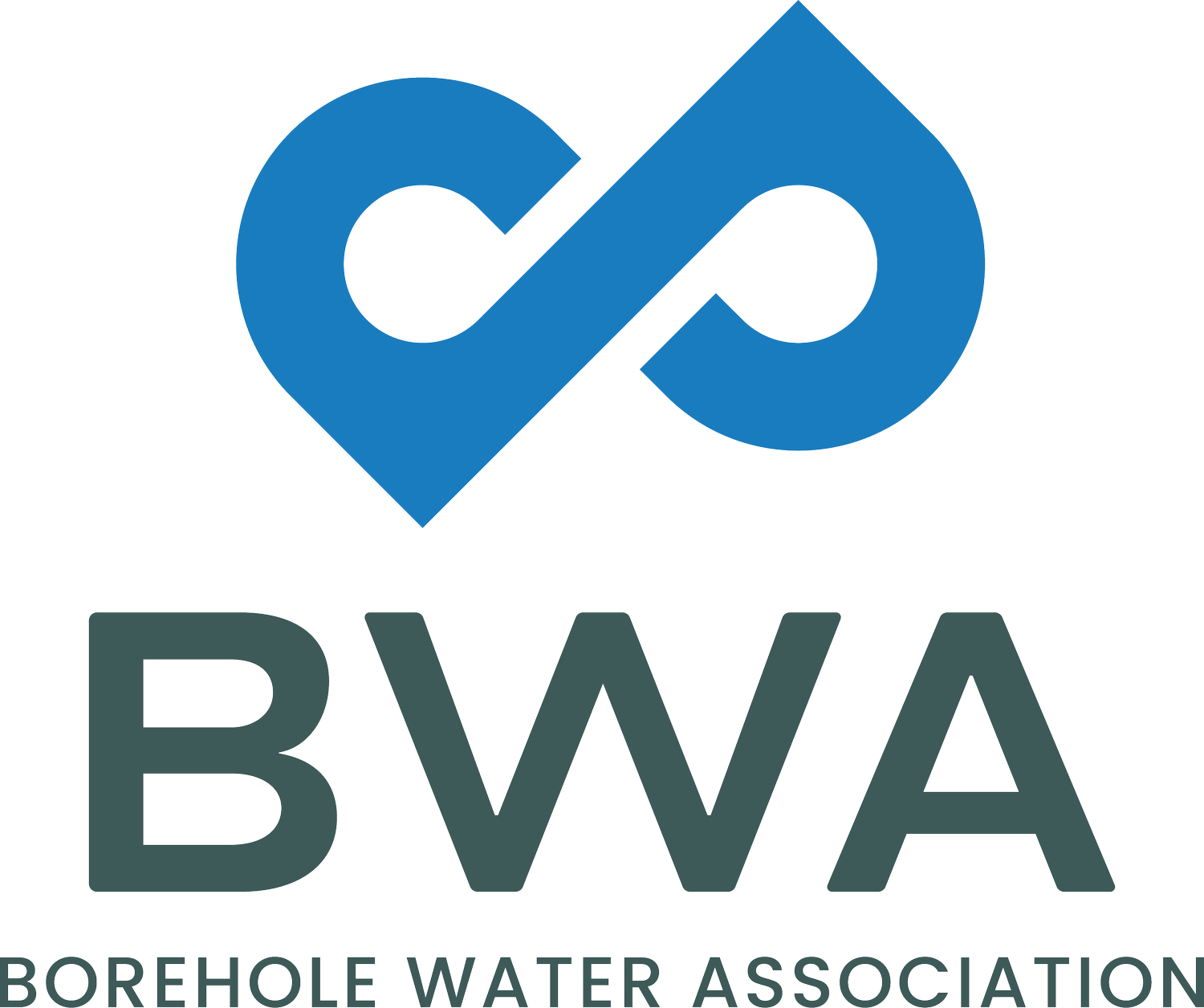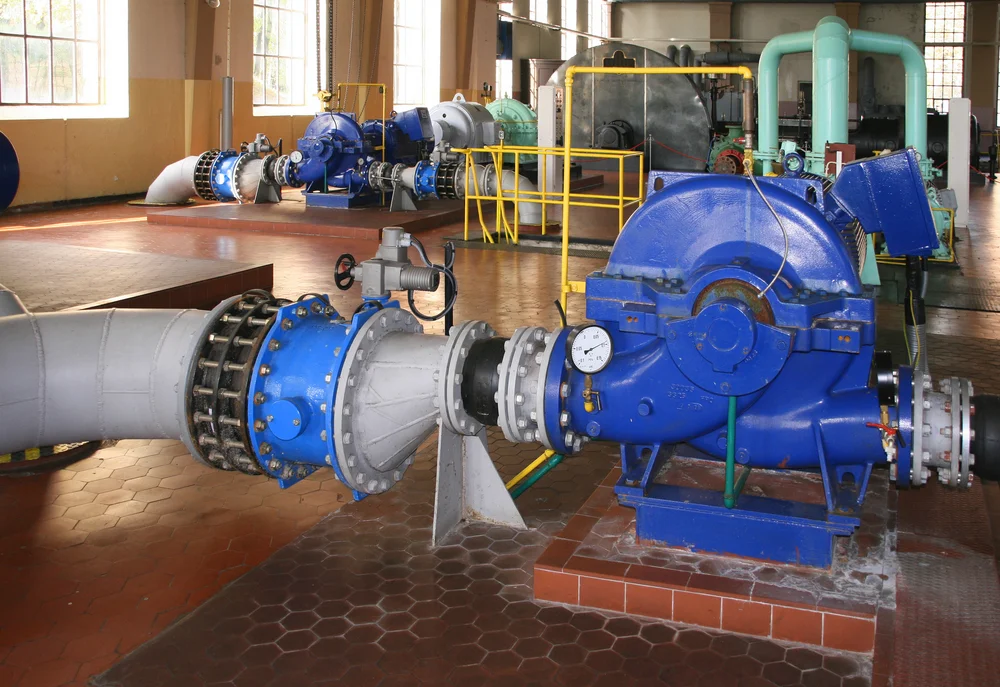Helping municipalities plan for climate change
/Responding to climate change is a priority for local governments, as they work to protect the quality of life of the country’s most vulnerable residents; to help with this process, SRK Consulting has developed a rapid vulnerability assessment (RVA) tool.
Victoria Braham, environmental scientist and Warrick Stewart, principal environmental scientist, at SRK Consulting.
“Understanding climate risks is essential for local government, in particular, to be able to effectively implement adaptation measures for vulnerable communities and sustainable local economic development – in terms of the Durban Adaptation Charter for Local Governments,” said Warrick Stewart, SRK Consulting principal environmental scientist.
“SRK’s RVA tool helps municipalities to understand the links between climate change and local environmental and socio-economic implications – and to determine the necessary proactive and reactive response measures.”
According to the intergovernmental panel on climate change (IPCC), vulnerability is defined as “the degree to which a system is susceptible to, or unable to cope with, adverse effects of climate change, including climate variability and extremes.”
While climate changes are intrinsically linked to climatic events, climate impacts are linked to the existing socio-economic and environmental conditions of a region. SRK environmental scientist Victoria Braham therefore highlighted that vulnerability was a function of the exposure of an area to climate change and its sensitivity to the resultant impacts – while its adaptive capacity would cushion such impacts. So exposure, sensitivity and adaptive capacity all had to be carefully measured, and this is where the RVA tool comes into its own.
Successfully applied
The City of Mbombela (COM) is among those where the tool has been successfully applied.
“The COM appointed SRK Consulting to develop a climate change strategy and implementation plan,” said Khethiwe Malaza, head of the Environmental Management Unit at COM. “The strategy is meant to guide and equip the City to build climate resilience and improve the community’s adaptive capacity.”
"Some of the actions contained in the implementation plan are already being implemented by the city," said Malaza.
“Working with the COM, the spatial context of the area was analysed through the municipality’s Spatial Development Framework and Integrated Development Plan – breaking each development zone down into economic sectors,” said Braham. “We could then determine the vulnerability per zone and sector by assessing existing and future stresses to the system, by projecting future climate change impacts for the municipality (its exposure), and by determining the degree of sensitivity and adaptive capacity of the system.”
The RVA’s findings were then used to inform the management actions that the COM should prioritise in their Climate Change Response Strategy.
“Using the RVA tool, we considered the social resilience of the communities in the study area, the resilience of the biophysical environment, and the relationship between them,” she said. “We believe this is a relatively new approach within South African local municipalities.”
According to Malaza, the main challenges that climate change will bring are likely to be the extremes of heavy rains and drought.
“Heavy rainfall will bring floods to the city, which could lead to an outbreak of dysentery diseases,” said Malaza. “With the current infrastructure in the rural areas of the City, getting medical assistance to the affected communities will be almost impossible.”
She said the RVA is an important tool to guide the COM management to prioritise rural infrastructure development and promote the protection of aquatic and terrestrial ecosystems.
“The RVA highlighted the main sectors that are highly vulnerable to climate change yet have a low adaptive capacity,” said Malaza. “This provides a starting point for the city.”
The other climate change implication would be more regular drought and water shortages.
“The economy of the city relies heavily on both agriculture and tourism sectors,” she said. “In a case of drought, these two sectors will be most affected.”
Cross-sector application
The COM is home to a wide range of economic sectors from agriculture, mining and forestry to industry and tourism – which were all assessed during the application of the RVA tool. The tool is flexible enough, however, to be applied more narrowly – at a company or project level, for example.
The development process for the tool was informed by the Department of Environmental Affairs’ Let’s Respond Toolkit, which helps integrate climate change response into municipal integrated development plans, and other latest national and international good practice approaches. Importantly, the tool does not require extensive input data and the results can be derived in one to two weeks.
Information supplied by Sally Braham for SRK Consulting.





